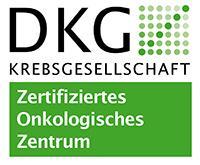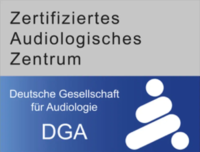About the disease
Otitis media is an inflammation of the middle ear, which is located right behind the eardrum. This infection is most common in little children. There are two types of otitis media: acute otitis media and otitis media with effusion. Most often it is caused by viral infections and irritants such as exposure to smoke. Dysfunction of the Eustachian tube is also one of the biggest contributing factor of otitis. Eustachian tube becomes damaged if mucous membranes are inflamed. In most cases, acute otitis media is more dangerous condition than otitis media with effusion, which very often can be latent for several weeks and manifest itself only in the presence of non-infectious fluid in the middle ear. Overall, otitis is a very common disease with 11% of all world population being affected by it annually. 50% of all otitis cases are diagnosed in children under 5 years of age. Mild form of otitis affects almost 80% of all children before the age of 10. Only in 4.8% of all otitis cases this infection becomes chronic, causing hearing loss.
Symptoms
- Pain in the ears
- Headache
- Feeling of fullness in the ear
- Fever
- Fluid discharges from the ear
- Irritability
- Crying in newborns and toddlers
- Hearing loss
Diagnosis
- During the general examination at the otolaryngologist, doctor examines the ear of the patient with the device called otoscope to check the ear for the signs of redness or inflammation. It can also determine if there is fluid or pus in the middle ear.
- Tympanometry is a more precise test for diagnosis of otitis. It measures the air pressure in the ear and determines if the eardrum had been ruptured. It also checks the Eustachian tube.
- Hearing test is used to see if the patient`s hearing range was decreased because of the excessive fluid or pus in the middle ear.
Treatment
- Tympanic drainage is a procedure, when a doctor makes an incision in the tympanic membrane, located in the eardrum, to relieve the pressure from excessive fluid and pus. After that the fluid and pus are drained from the middle ear to completely alleviate the pain of the patient and retain the hearing function.
- Tympanoplasty is another effective treatment option, during which tympanostomy tube is inserted right into the eardrum. This tube keeps the middle ear aerated for a continuous period of time to prevent it from fluid accumulation. After this procedure the middle ear heals in the matter of 2-3 weeks.
Overall, otitis media treatment has good treatment results and it can be treated in short period. After the procedure you will need to take care of your ears by avoiding exposure to the cold wind in the winter and using special drops if the pain recurs again.
Authors: Dr. Vadim Zhiliuk, Dr. Sergey Pashchenko




















